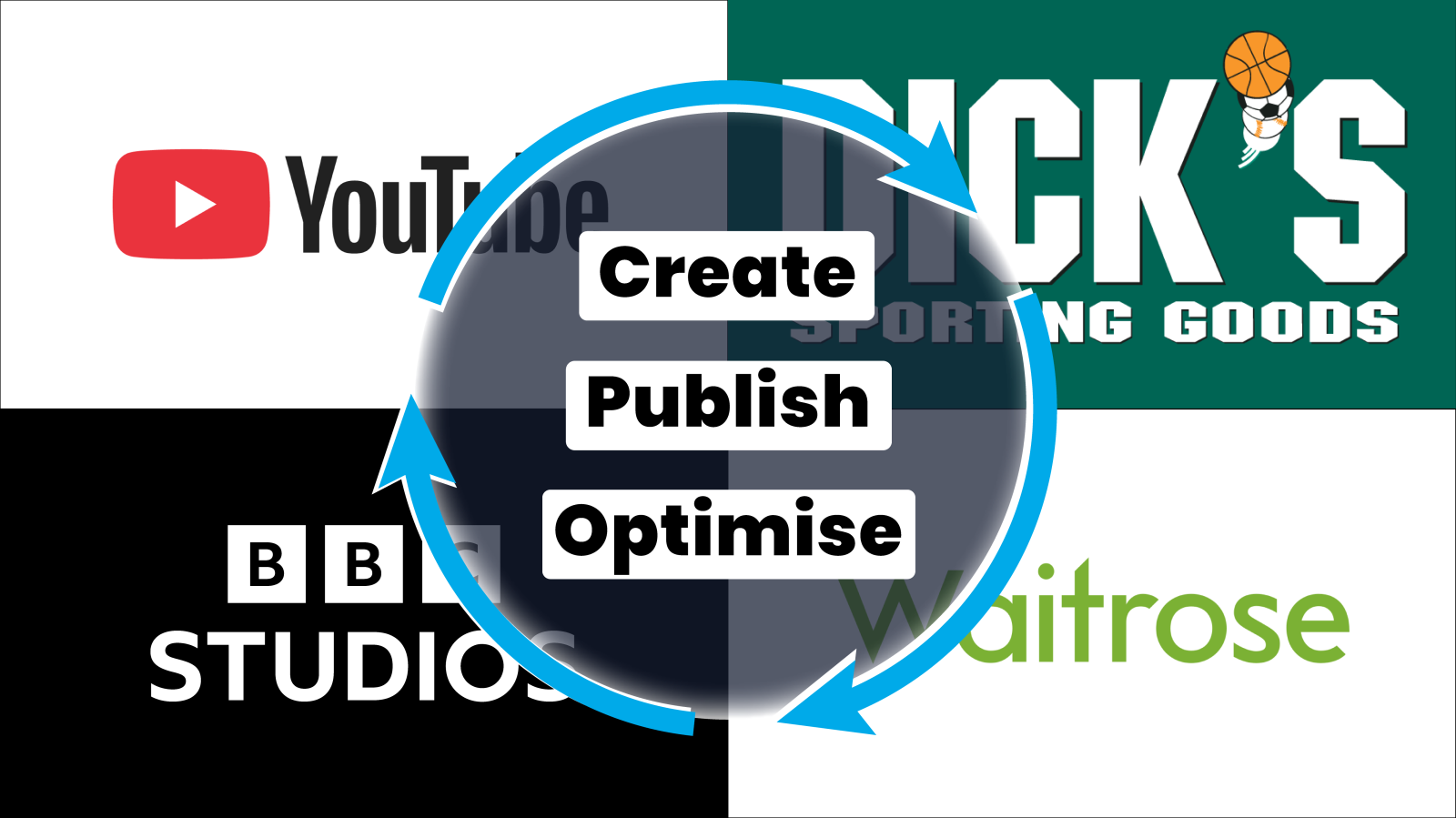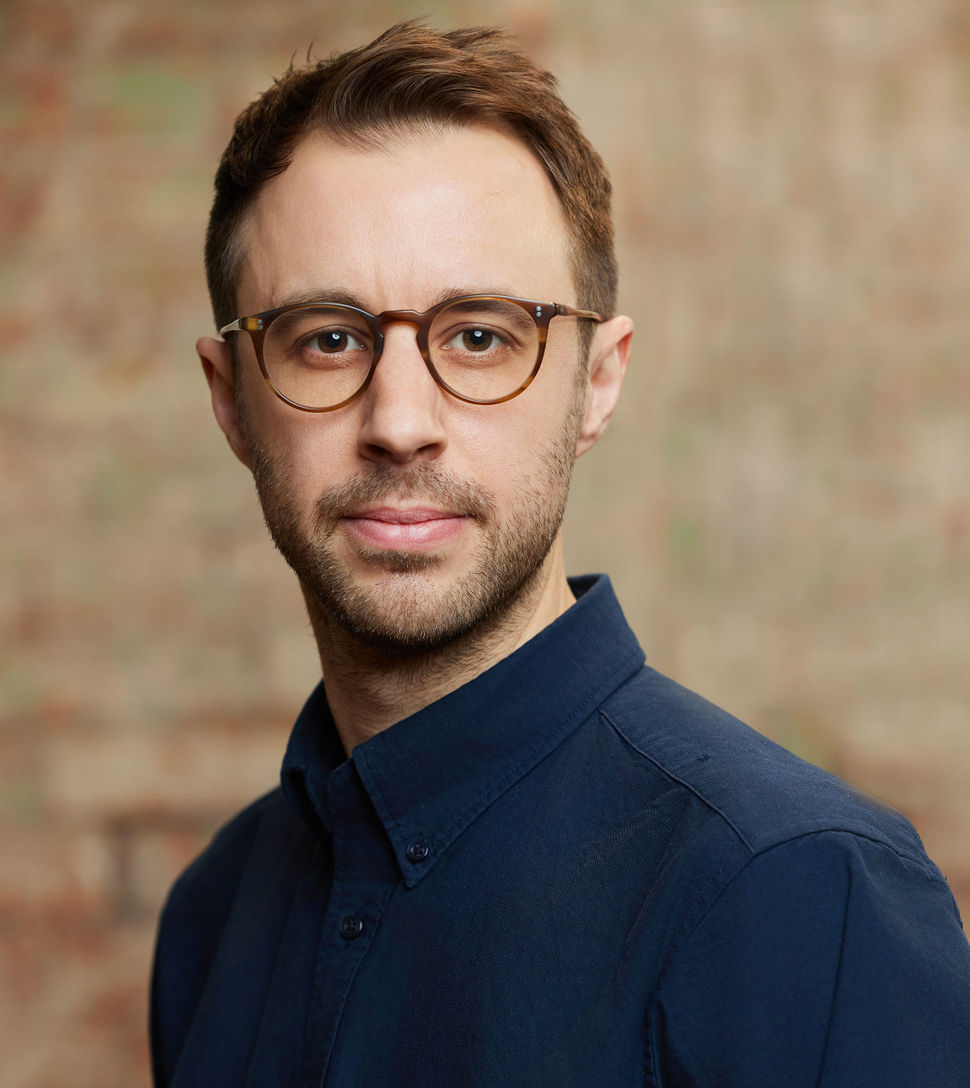Why digital natives and data science are key to embracing the creator economy


Social platforms and the creator economy have been re-writing the rules of audience engagement for some time now. Together, they have accelerated the fragmentation of entertainment and made niche the new mainstream. This has enabled millions of new storytellers to find an audience and begin monetising their work. However, the ability to tell stories is only one component of success. In fact, the most adept creators marry storytelling and data science together.
This dual role has emerged as much out of necessity as it has because of the features social platforms offer. Much of the creator economy is made up of one-man-band creators fulfilling all roles on the content creation journey. They must ideate, record the content, work on the post-production, publish, engage with audiences, and then analyse the results.
The challenge for these creators is identifying why a piece of content failed to engage audiences. Therefore, the onus is on them to dive into the audience data and discover who was engaged and who was not.
The power of optimisation
The need to unpack audience data to optimise content creation has created this dual role of storytelling and data science. While much is often made of the creative formula behind a superstar creators’ success, many of the biggest creators are those who have relentlessly pursued this dual approach. From finding the optimal length of a piece of YouTube content (Dhar Mann’s YouTube videos are typically 22 mins to optimise the amount of revenue generated per thousand impressions) to testing multiple variations of YouTube thumbnails prior to publication.
In many ways, data analytics has become the co-creative director. Creators have a vision, and the data helps hammer that vision into its most optimal form for the target audience. The best creators take these learnings to forge a fast production cycle - create, publish, and optimise (CPO). This CPO framework is always striving to hit an algorithmic and audience sweet spot-on social platforms.
Featured Report
MIDiA Research 2025–2031 music creator tools forecasts AI comes to town
This music creator tools forecasts report acts as a companion piece to MIDiA’s report “State of music creator economy: AI’s growing reach ” . This report provides analysis, market sizing, and forecasts for users and revenues for music creator tools revenues across the following categories: Software and services DAWs Music software (plug-ins...
Find out more…This framework is not a secret. It is part of the modus operandi for digital natives who have been brought up producing content on social platforms. However, it is different from the approach taken by those working in the traditional TV, movie, and advertising industries. In the broadest sense, the traditional production cycle is not only much longer but allows human instinct, experience, and creative decision making to play a bigger part in the production process than optimising via audience data.
Landmark TV series and movies would not exist if these traditional workflows were sub-optimal (albeit greater optimisation is needed in Hollywood to help improve the blockbuster hit rate). However, of those traditional entertainment companies building successful social-first strategies, the willingness to be led by digital natives who understand the CPO social platform dynamic appears key to their success.
Bringing creator workflows into traditional entertainment
Matt Risley has described how Channel 4’s social platform success was driven by allowing a team of younger, digital-savvy, creatives to take the reins. Meanwhile, at the MIPCOM 2025 conference in Cannes, the topic was also raised during a panel discussion between Evan Shapiro, the media cartographer; Pedro Pina, YouTube’s European Vice President; and Jasmine Dawson, BBC Studios’ Senior Vice President of Digital. In a social post about the session, Pina described how Dawson had grown the BBC Earth’s YouTube channel to 14 million subscribers by hiring YouTube creators into senior positions to help fuel fandom on social platforms.
Similarly, Banijay Entertainment, one of the world’s largest TV production companies behind hit shows such as Peaky Blinders and Would I Lie To You, also announced bold creator economy plans at MIPCOM. In partnership with YouTube, it has launched the Entertainment Creators Lab in France with a new dedicated channel. The channel will enable YouTube creators with significant reach to reinvent some of its dormant IP for a digital-first audience.
Despite these clear signs of intent, questions remain over how traditional entertainment can turn these social-first experiments into long-term monetisable revenue streams. Creating strategies that enable social-first content to support and co-exist with production cycles for TV and streaming TV services will be key. The CPO framework gives anyone the licence to create – an opportunity which many brands are already taking full advantage of. Whether its Waitrose’s Dish Podcast with 411,000 YouTube subscribers, or Dick’s Sporting Goods YouTube docu-series Hell Week, the CPO framework is enabling some of the traditional entertainment industry’s most loyal advertising spender to bypass them and become entertainers in their own right. Traditional entertainment must not only prove to brands that they are capable of producing such content, but they must prove that they can do it better if they are to stay relevant in a creator economy-centric world.

The discussion around this post has not yet got started, be the first to add an opinion.